NSW Auditor-General: NSW Health failed to assess hospital development projects
The state’s hospital network has been developed without a long-term, statewide plan, according to a damning new report from the Auditor-General. SEE THE SCATHING REVIEW HERE.
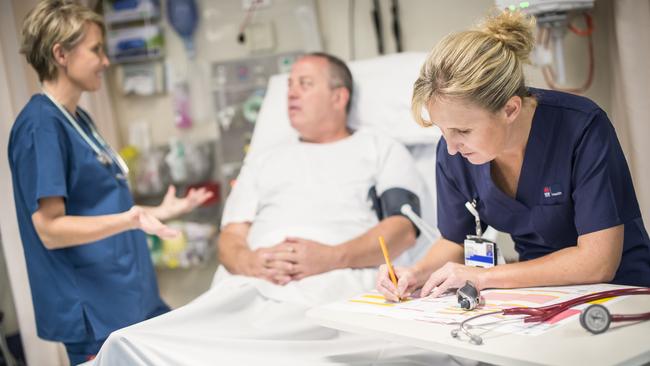
Local
Don't miss out on the headlines from Local. Followed categories will be added to My News.
- Shock twist in long-promised plans for hospital in Sydney’s north west
- NSW’s Paramedic bashing hotspots revealed
The NSW Government has rejected the findings of the state’s Auditor-General — who accused the department of flying blind when it comes to the long-term planning of the expansion of the state’s hospital network.
Margaret Crawford hit out at the State Government’s lack of long-term planning for the health infrastructure in her final report on Health capital works, while also accusing health agencies don’t know who is in charge when it comes to assessing projects.
A NSW Health spokeswoman told NewsLocal the Audit-General’s findings were “not an accurate reflection of the complex planning and delivery of major projects”.
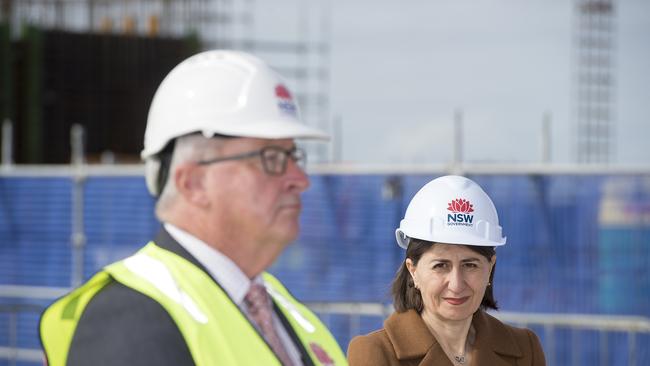
“(The report) fails to acknowledge that adapting the scope of a project can alter the expected
delivery date and budget,” she said. “More than $10 billion has been invested in health capital works by the NSW Government since 2011 to address ageing health infrastructure and enhance health services across the state, with a further $10.1 billion committed across the state in this term of government.”
However, Ms Crawford said despite the scale of NSW Health’s capital investment significantly growing in recent years, “NSW Health developed this infrastructure program in the absence of a statewide health infrastructure strategy and investment framework”.
She said plans from the state’s 17 local health districts were relied upon as the “primary drivers of NSW Health’s capital investments since 2015”.
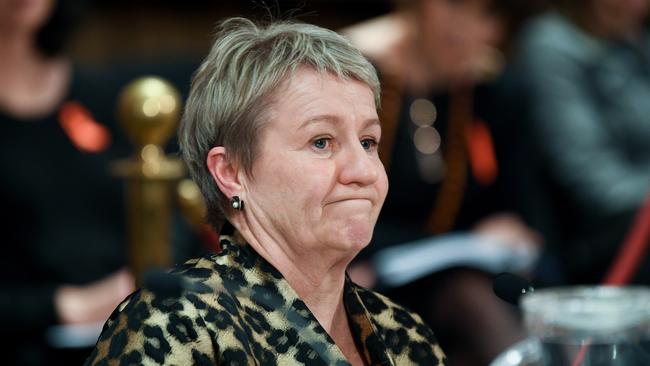
“Local Health District investment proposals for hospitals were developed without consideration of alternative health options such as community health service models, technology-driven eHealth care, or private sector options,” she said.
“Without rigorous assessment against a range of potential health service options, there is a risk that selected projects do not maximise value for New South Wales.”
The Ministry spokeswoman hit back, claiming the methodology, process and tools used by NSW Health to develop business cases, determine options and decide on preferences is informed by “whole-of-government functions”.
“The 20-Year Health Infrastructure Strategy, recently approved by NSW Government, addresses many of the points raised in the report and outlines the strategic direction of Health capital works,” she said.
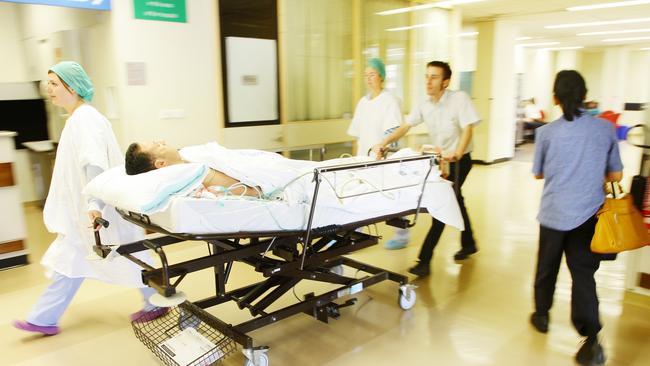
The Auditor-General argued the government’s 20-year infrastructure framework was only developed in 2019, and approved by the government in April this year.
Ms Crawford also hit out at the NSW Health Ministry and government agency, Health Infrastructure, for failing to test the capital investment proposals of Local Health Districts across the state, due to “confusion about the roles of each agency”.
THE GREAT DIVIDE — SYDNEY’S HEALTH CRISIS
Part One: south west patients funded $800 less per person than Sydney residents
Part Two: south west patients forced to travel hours for treatment
Part Three: leaders are calling for a new hospital at Aerotropolis
Part Four: 24,000 new medical students needed to fight west’s growth
Part Five: Patients waiting 300 days for surgery in south west Sydney
Part Six: south west teens shock youth suicide numbers as specialist staff numbers revealed
Part Seven: Claims health department removed beds from state’s busiest EDs
Part Eight: Where mini-metro hospitals will be built across Sydney
Part Nine: Kids enduring 18-month wait times for paediatric services
Part Ten: Hospital staff reveal hospital horror stories in calls for funding
Part Eleven: ‘Young doctors committing suicide over workloads’, inquiry hears
Part Twelve: NSW Government delisted land earmarked for hospital
“Health Infrastructure and the Ministry of Health have differing views about which agency is responsible for testing business case inputs and conducting comprehensive options appraisals,” she said. “There is a risk that recommended options, while having some economic and health service merit, do not represent the greatest value.”
The NSW Audit Office conducted a review of asset strategic plans for hospital works by the government between 2016 and 2020. It resulted in the department uncovering “an incomplete list of projects and a lack of criteria, considerations or rationale for selecting and excluding projects”.
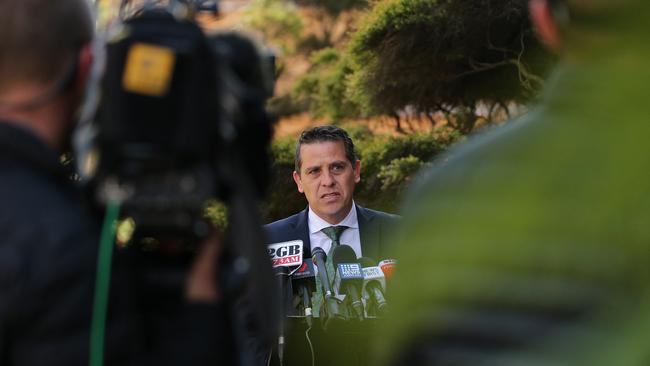
Shadow Health spokesman Ryan Park said: “It is phenomenal that we have seen projects being launched without any planning or management,” he told NewsLocal. “There is a lack of effective planning and co-ordination between the minister’s (Brad Hazzard) own health agencies.
“You have got two government agencies not on the same page and now the communities are taking the brunt because projects are being blown out over budget.”
Ms Crawford called for the Health Ministry to completely overhaul Health Infrastructure’s planning of hospital rebuilds and new facilities by September this year, while also ordering the department to roll out its 20-year plan by December.

